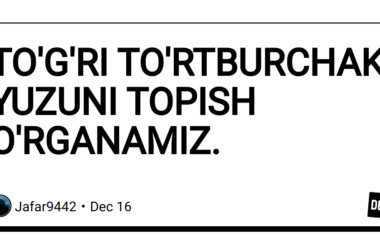Web development has evolved significantly over the years, with a constant quest for more modular, reusable, and maintainable code. Web Components provides a set of web platform APIs that enable the creation of custom, reusable, and encapsulated HTML elements.
HTML Templates 🎨
HTML Templates are the foundation of Web Components, providing a way to declare fragments of markup that can be cloned and inserted into the document later. This helps in creating modular and reusable pieces of UI.
id="my-template">
class="component">
Hello, 


![[day-0]-my-journey-so-far:-about-me,-my-purpose,-&-my-goals](https://prodsens.live/wp-content/uploads/2024/05/23230-day-0-my-journey-so-far-about-me-my-purpose-my-goals-380x250.png)

